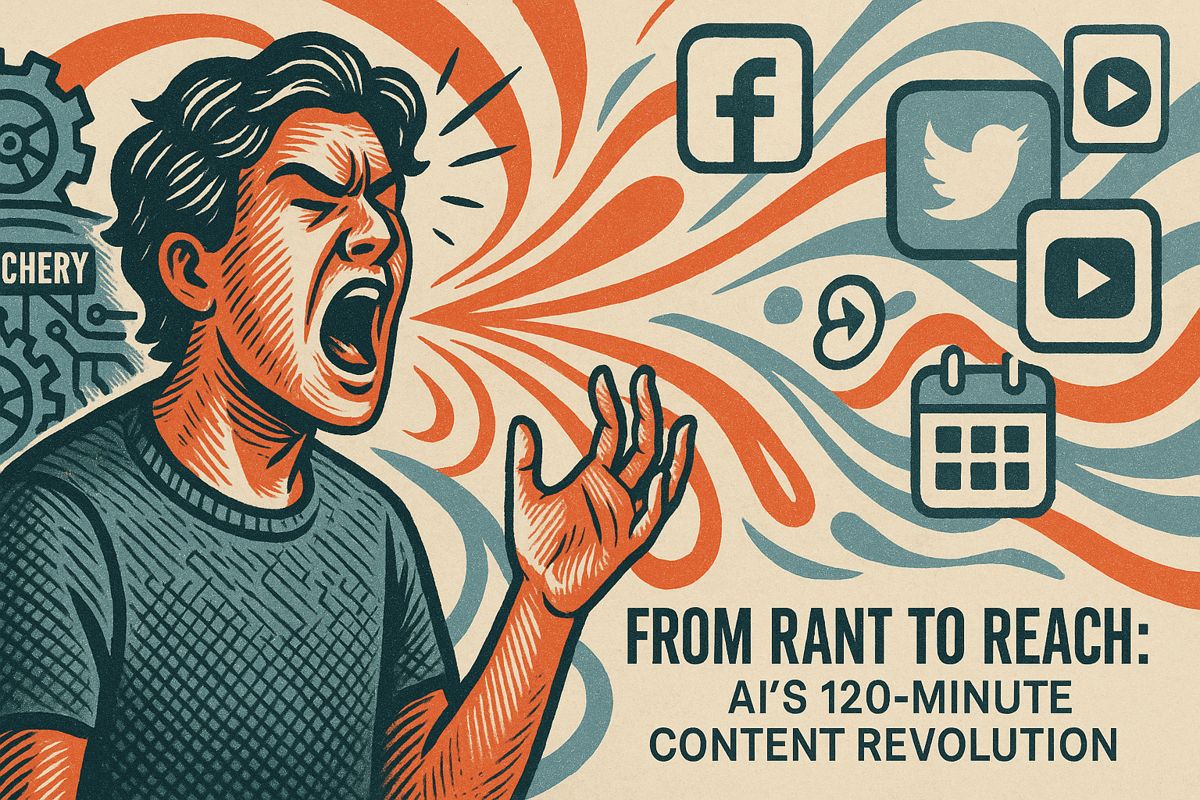Justin Walsh started with just $2.23 from selling a sticker online and turned it into a thriving business by working hard and being smart with his choices. He wrote daily articles, kept improving his website, and learned from every setback, even when a big Google update slashed his traffic. Instead of giving up, he changed his strategy, focused on building a loyal email audience, and found new ways to earn money. Justin’s story shows that starting small, staying consistent, and quickly adapting can grow tiny online wins into lasting success.
How can creators turn small online earnings into a sustainable, high-income business?
Creators can grow small online earnings into a sustainable business by reinvesting profits, publishing content consistently, and refining strategies after setbacks like algorithm updates. Building direct audience relationships through email, using lean tech tools, and focusing on value-driven pivots are key to lasting success.
In 2020, Justin Walsh uploaded a single sticker design to Redbubble. The next morning his balance read $2.23. That micro-payment became seed capital for what would become a multi-thousand-dollar solo creator empire, illustrating how tiny digital wins can snowball when paired with disciplined systems rather than luck.
From sticker to six figures
Justin funneled every cent into Birding Outdoors, a site he seeded with daily 2,000-word articles. By late 2022, traffic and affiliate deals pushed monthly revenue past $5,000. The cadence was brutal: 365 posts a year before sunrise, each optimized with schema markup and internal link maps that looked like subway diagrams. Over four years the Redbubble trickle added $3,000 more, proving that abandoned side channels can still compound if left online.
Google’s 2023 earthquake
The “Helpful Content Update” arrived in September 2023. Overnight, organic clicks fell 80%. Most creators froze, but Justin treated the drop like performance data. He archived under-performing posts, clustered remaining content into topic silos, and added first-person field photos to boost E-E-A-T signals. While recovery remained slow, the exercise turned into a crash course in topical authority that later informed his newsletter strategy.
Pivot to owned attention
Email became the bunker. He launched The Juicer on ConvertKit, repurposing his best birding gear reviews into concise business analogies for desk professionals. Open rates hovered at 47%, triple the industry average for hobby lists. A spinoff workshop on LinkedIn side hustles filled 200 seats at $49 each within 72 hours, revealing an audience willing to pay for transferable tactics rather than niche expertise alone.
Income stack and platform math
Mental model for creators
Justin now frames every tool through the freedom filter: does it increase optionality or just vanity metrics? His operating system lives in Notion, automated via Make.com, and backed up on a Synology NAS. The entire tech stack costs $47 a month, less than a single weekend ad campaign he once ran on Facebook. In creator economy surveys, 62% of respondents earning over $5,000 a month cite similar lean toolkits as a core advantage, underscoring that sophistication rarely equals expense.
The biggest takeaway appears in his public ledger: revenue fell post-update, yet reported life satisfaction rose 28% on quarterly self-assessments. Justin credits daily journaling and a strict cutoff at 6 p.m., practices borrowed from high-performance athletes rather than hustle influencers. For readers charting their own $2.23 moment, the data shows that micro beginnings, consistent publishing, and deliberate pivots matter more than platform miracles.



















